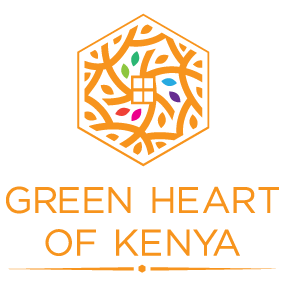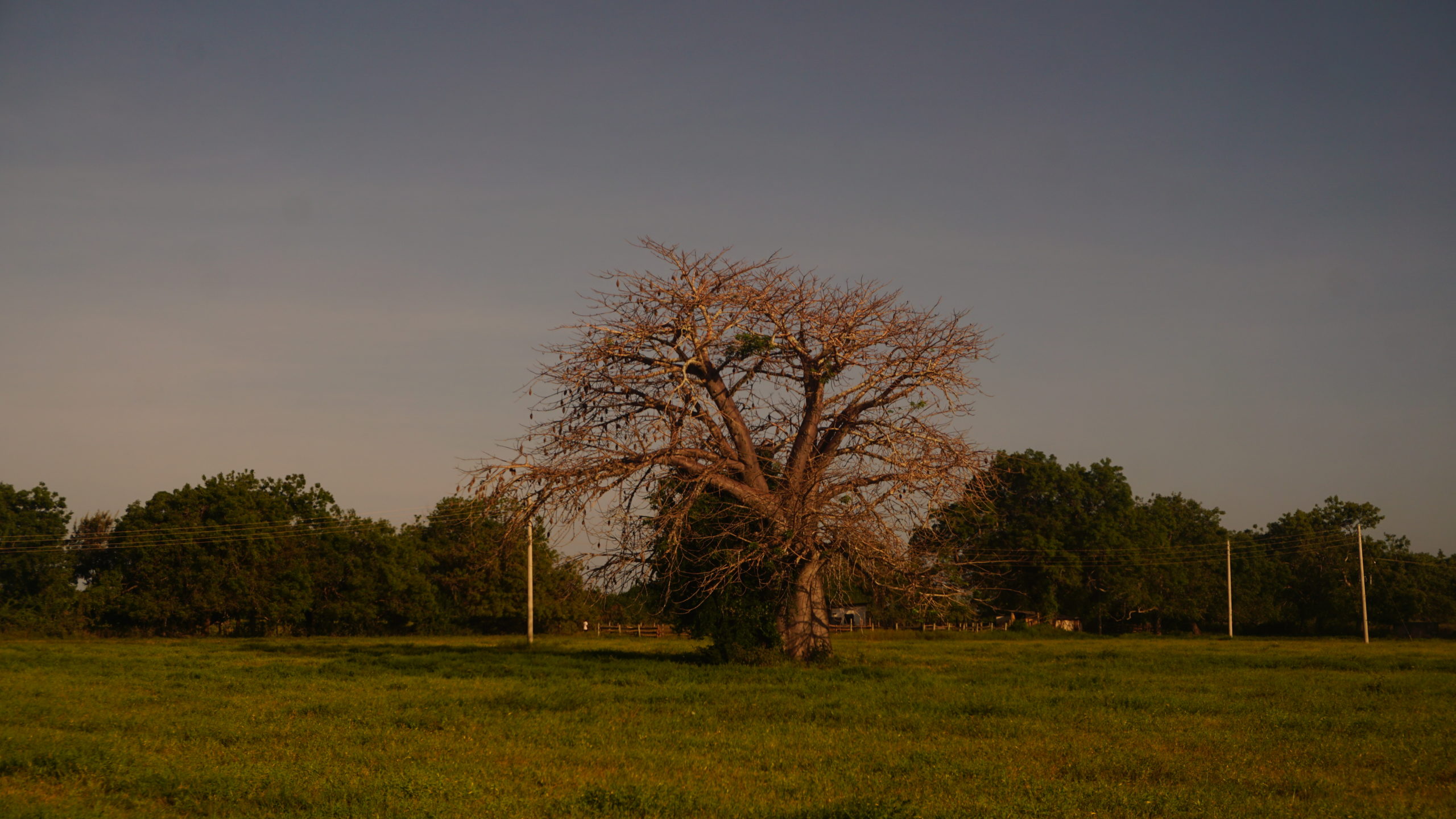Ecosystems, unique biodiversity, wetlands, grasslands, and water resources are continually diminishing because of humanity’s unquenchable thirst for growth. The global population constantly seeks better living conditions, roads, houses, larger facilities, and more modern amenities. Although development is appreciated in the context of its socio-economic significance, the place of the environment in all of this is continually ignored. Accelerating global warming and a concern for the long term viability of essential ecosystem services provided by the environment are more than sufficient reasons to care about biodiversity and natural ecosystems conservation, sustainable construction, and environmentally conscious communities.
However, models for sustainable development have been pioneered across the world. Building with the environment delivers natural, economic, health, biodiversity, and other advantages to the community where such development happens. A rich network of connected green infrastructure brings benefits to both people & wildlife through a landscape-led approach.
There are many unsustainable activities in development including materials used, types of developments, the manner of natural rehabilitation, and community involvement in development. Indigenous plant and tree species with massive medicinal, dietary, and ecosystem importance have been lost, animals have been driven away, and wildlife / human conflicts have increased as developments continually encroach on natural habitats. This trend, among other unsustainable development practices, warrants great concern for humanities long term viability on our planet.
 In alignment with the sustainable development goals, the Green Heart of Kenya has set itself apart by focusing on development that not only improves livelihoods but also protects and regenerates the environment. The scheme is nature-lead, bringing wildlife into the development and reconnecting people to nature; enhancing wellbeing; and building for climate resilience. With a mix of residential, commercial, and ecological zones, the development not only conserves but also expands and facilitates nature through sustainable construction, clean energy production and use, proper solid waste and wastewater management practices, and strong involvement of the surrounding community so that the project empowers the surrounding community. The vision is to build a fully regenerative and sustainable town that can be a model for how to build with and not against nature.
In alignment with the sustainable development goals, the Green Heart of Kenya has set itself apart by focusing on development that not only improves livelihoods but also protects and regenerates the environment. The scheme is nature-lead, bringing wildlife into the development and reconnecting people to nature; enhancing wellbeing; and building for climate resilience. With a mix of residential, commercial, and ecological zones, the development not only conserves but also expands and facilitates nature through sustainable construction, clean energy production and use, proper solid waste and wastewater management practices, and strong involvement of the surrounding community so that the project empowers the surrounding community. The vision is to build a fully regenerative and sustainable town that can be a model for how to build with and not against nature.
With the volume of climate and biodiversity warnings, global warming, shrinking natural ecosystems, and general effects of climate variability and ultimately climate change, sustainable development is not an option but a necessity. The sustainable development goals are clear and simple yet seldom followed. As we build the livelihoods and economy of the country, the Green Heart of Kenya will stand out as a model in making the development sustainable and environmentally friendly. In the end, we hope more such developments will follow across the country and the continent.


2 Replies to “Building with, Not Against Nature”hubli
Hello greenheartofkenya.com admin, You always provide key takeaways and summaries.
You have observed very interesting details! ps nice site.Raise range
my blog – homepage